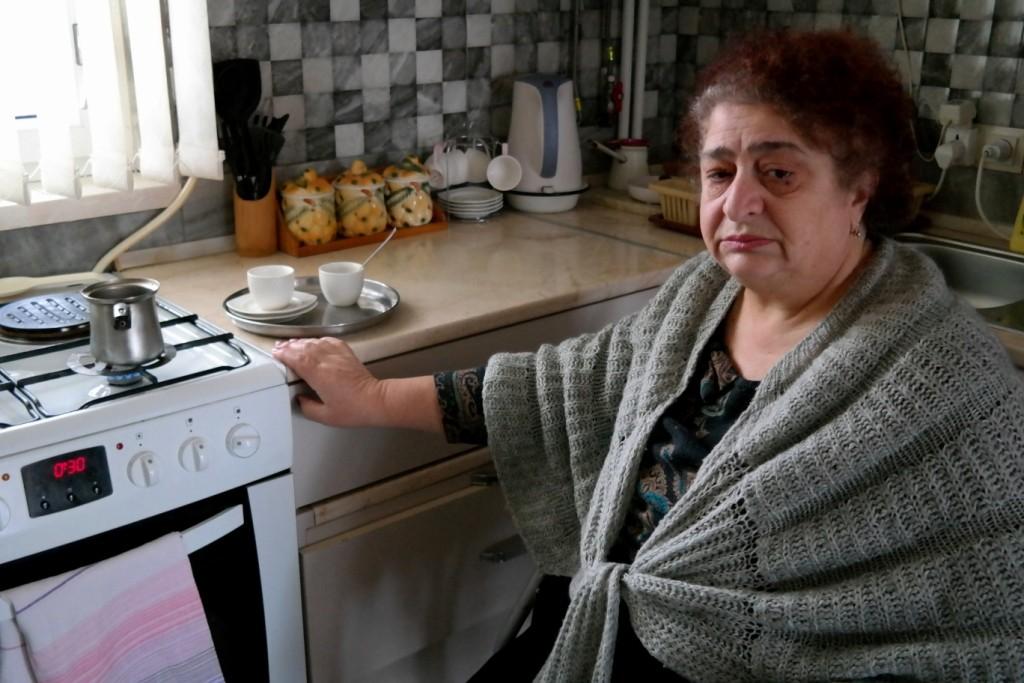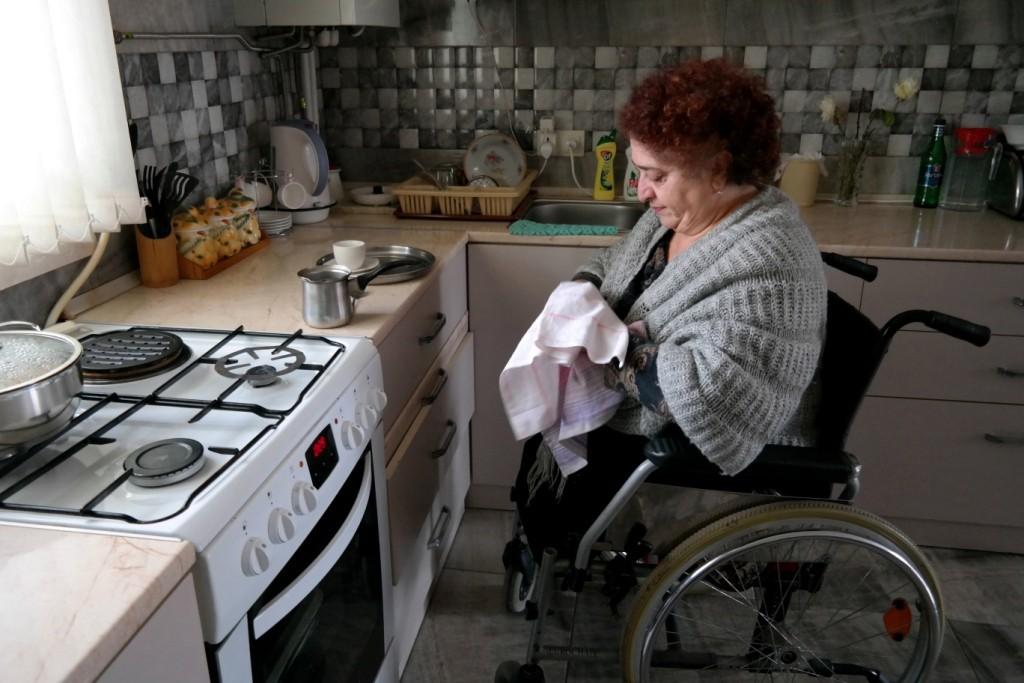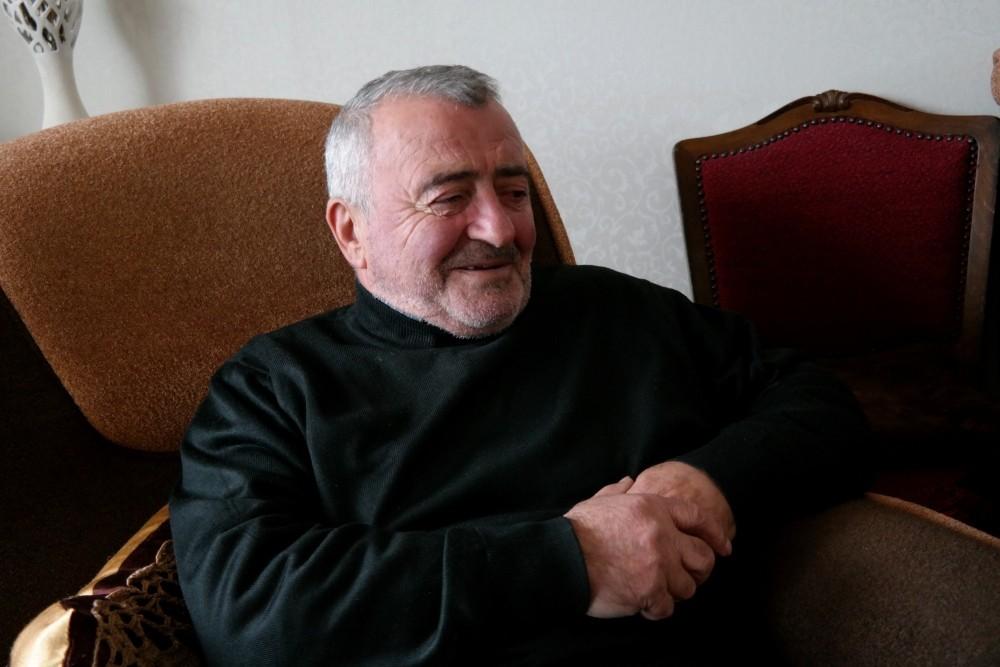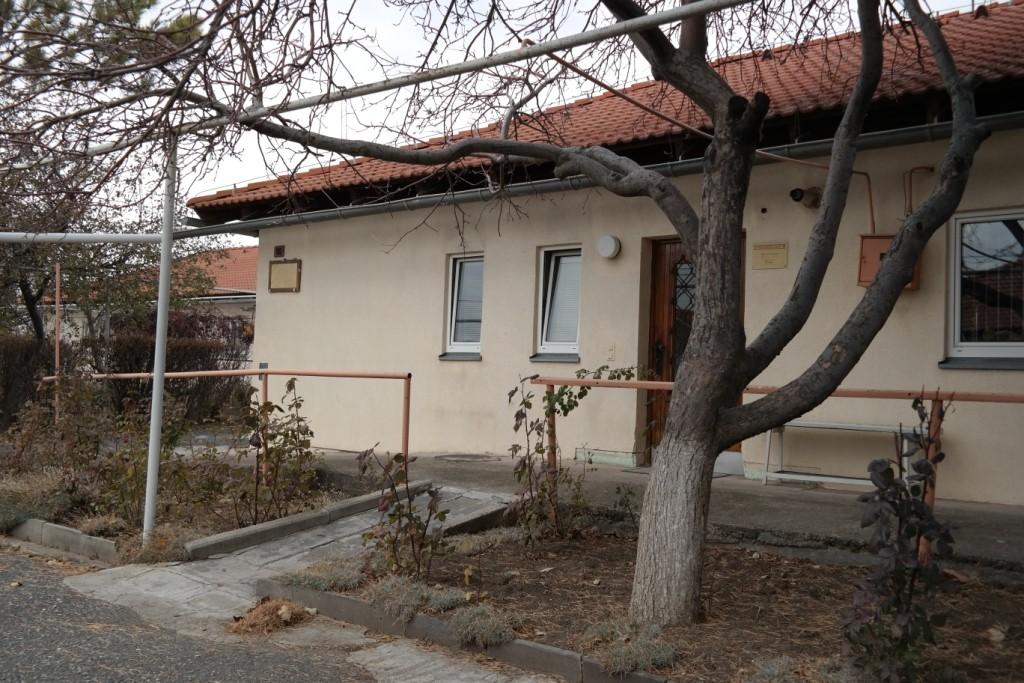
Spitak Earthquake Survivor Anahit: “The earthquake took my legs, but didn’t destroy my family”
December 7 marks the 30th anniversary of the 1988 Spitak Earthquake, which took thousands of lives in Armenia’s Shirak and Lori Provinces and affected the lives of many more.
64-year-old Anahit Igityan, an earthquake survivor, doesn’t find it easy to talk about the calamity. The only way to get her talk is to tell my own life story of the earthquake - the fact that I lost my father and my sister due to it - and asking for her permission to document a part of her own life story.
Anahit and her husband Hmayak Igityan already had four children - three daughters and one son- and owned an apartment in a 9-story-building when the earthquake hit in 1988.
Anahit was at home with her 1-year-old son, watching a film on TV. Her husband was at work, her two elder daughters were at school, while the younger daughter was at kindergarten. Anahit describes the moment of the earthquake same as many others who witnessed it - starting like a whistle, then becoming noisier, and ending with the building rocking.
Anahit grabbed the baby and ran out. She was sure that she would manage to get out since their apartment was on the second floor. Only two steps away from the exit of the building, she appeared in the hole of the dark basement, with one of the partition walls falling on her knees.
Luckily, her son fell a bit further and wasn’t injured. Anahit couldn’t stand or move her feet, but she managed to find the child in the total darkness. She overheard two little girls - her neighbor’s children - talking somewhere nearby. Their mother lay dead next to them. Some two hours later, the children’s father came and discovered all of them, informing Anahit’s husband where she was.
The 9-story-building was in ruins. There were so many victims. Anahit and her child were taken out of the basement almost three days after the earthquake. All the while, Anahit kept asking what the time was, trying to understand how long had passed since the earthquake. Her daughters were ok, and her relatives kept coming to the ruins to talk to her while she waited for her turn.
Her little son was mostly asleep and weak. While telling her story, Anahit wipes her tears and says that those three days turned her from an atheist into a god-fearing believer.
However, Anahit’s feet got infected with toxic gas gangrene while in the basement, and the doctors had to remove them to save her life. 34-year-old young Anahit was in a wheelchair.
She had to go through the phases of getting fitted with a prosthesis and adapting to artificial legs.
When asked if she felt a need of a psychologist back then, Anahit replied that it wasn’t her but her relatives and friends who needed a psychologist. Most of them avoided visiting her for a long time since they were afraid of seeing her in such a condition.
Anahit quickly adapted to her new circumstances with the help of her closest family - her loving husband and in-laws - who were always by her side.
Anahit says, “The earthquake took my legs, but didn’t destroy my family. I even continued to work."
Their son Alexan, a miraculous survivor of the earthquake, is now a 31-year-old man who’s already married and has one son. Two years ago their family left for Russia, but Anahit believes that it’s temporary.
Gyumri hasn’t become accessible to the disabled for 30 years
In the 1990s, the Igityans moved to the Austrian district built on the outskirts of Gyumri for families with disabled members.
The 108-apartment district was built mostly with funds provided by the Austrian Red Cross.
"If the Red Cross hadn’t built this district, I do not know what would have happened to me and those who are like me, especially if they live alone and move on their own. 18 houses built on our street are designed for wheelchair users, with all conveniences available. They built a school, a kindergarten, a cultural house, and a church in the neighborhood, which were later adapted for us some 15 years ago, but the city is still not accessible for us," complains Anahit.
Thirty years have passed since the disaster, but many public and catering facilities in Gyumri have not been adapted for people with mobility impairments. There is no adapted public transport, either, and using taxis is also complicated.
"One year after the earthquake, I was taken to the U.S. I spent four months with the families who had collected money for my medical expenses. They would take me to various places and all those places were accessible. In our city, which witnessed a disaster and has been under construction for 30 years, all these issues are still unresolved, " says Anahit.
According to the official data, 19,000 people were disabled as a result of the Spitak Earthquake.
 Videos
Videos Photos
Photos








Write a comment